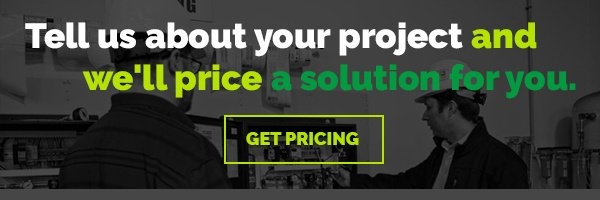MYTH: Your leak is due to fire sprinkler water corrosion. The dissolved oxygen in sprinkler water contributes significantly to corrosion in wet pipe fire sprinkler systems.
FACT: Sprinkler systems are filled with source water that contains 10 ppm of dissolved oxygen (that's 0.001% of water volume). Almost all of the oxygen available for corrosion in sprinkler systems is present in trapped gas pockets (99.975%). In other words, there is 4,000 times more oxygen available in the trapped gas than the water.
When oxygen in the trapped air reacts with a steel pipe in a typical 1,000-gallon wet pipe sprinkler system it produces 5.8 lbs of iron oxide (corrosion by-product), while dissolved oxygen in the water produces only 0.002 lbs of iron oxide. This localized corrosion near trapped air results in a rapid metal loss that causes leaks. With the repeated introduction of new oxygen, every time a system is drained and filled significant amounts of iron oxide collects throughout the piping network and leads to obstructions or system impairment. This excessive accumulation of corrosion by-product is not caused by dissolved oxygen in the water.
Removing dissolved oxygen from sprinkler water adds cost, time, and complexity for NO benefit. TREATING THE WATER IS COMPLETELY UNNECESSARY. REMOVE TRAPPED OXYGEN TO ELIMINATE CORROSION!
The ECS Approach: Wet Pipe Nitrogen Inerting (WPNI)
- Requires three primary components
1. Source of nitrogen gas
2. Integral venting device to purge oxygen from the system
3. Injection port to deliver nitrogen - Utilizes patented "fill and purge" breathing process to quickly remove oxygen (<2%)
- Initial treatment is completed within 2 hours (based on 1,000-gallon system)
- Simple protocol maintains nitrogen environment during system testing and maintenance
Benefits of Nitrogen:
- Completely eliminates oxygen corrosion
- Extends useful service life of system
- Non-toxic, non-hazardous
- Fully compatible with all system components
Benefits of the ECS approach:
- Faster ROI than repair and replace approach
- Simple, reproducible process
- Minimal equipment needed
- Minimal time required



